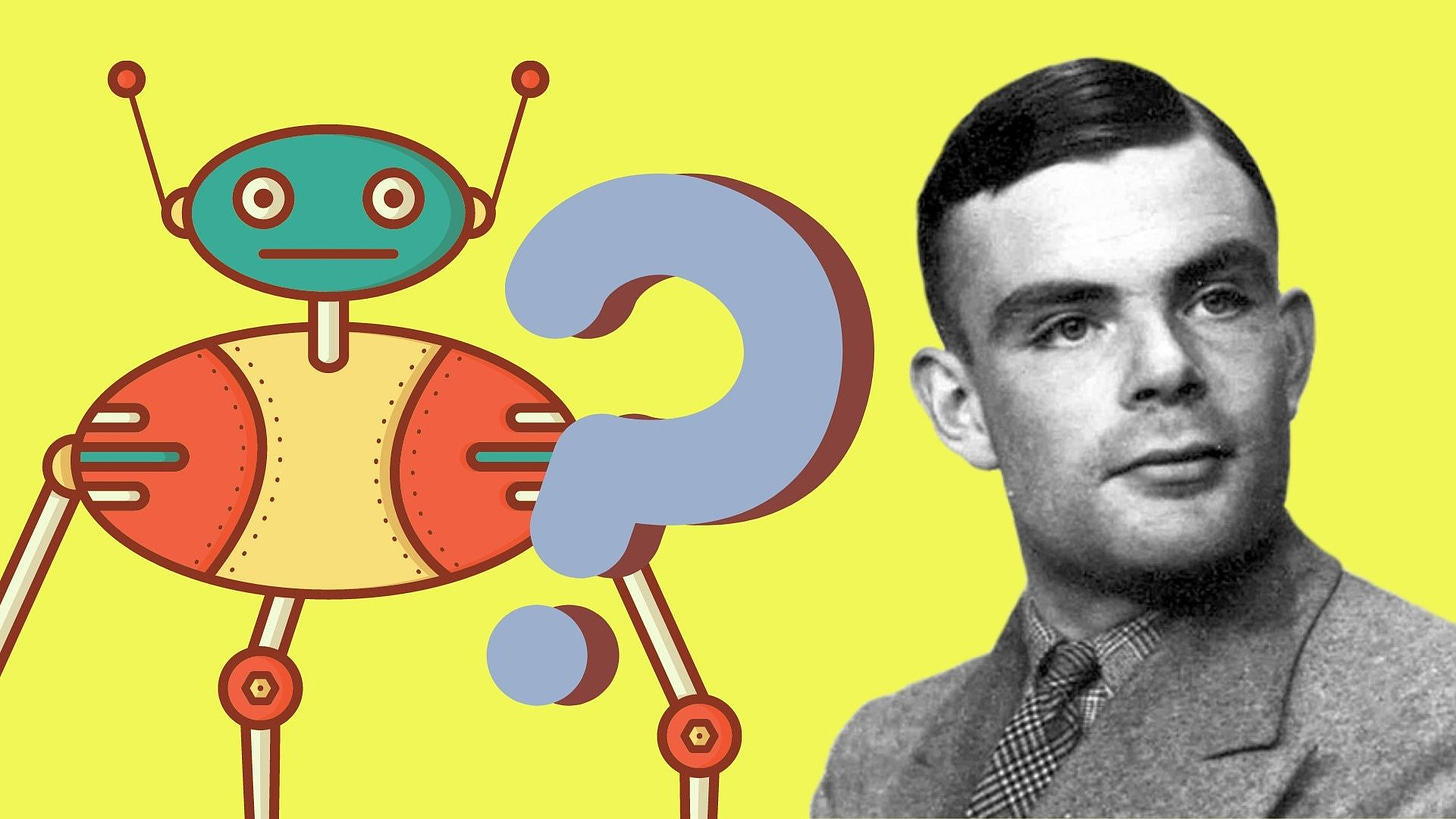After ChatGPT, the Ultimate AI Milestone Collapses
Explore the flaws of the Turing Test in the era of AI, as modern chatbots challenge our understanding of intelligence and the uncanny valley effect.
The anthropomorphic behavior of large models can trigger the uncanny valley effect.
"Using the Turing Test as a benchmark is flawed because conversation skills and reasoning are entirely different things." This new perspective has recently gained traction in the AI community.
In the age of generative AI, our standards for evaluating intelligence need to evolve.
"Can machines think?" This was the question Alan Turing posed in his 1950 paper, "Computing Machinery and Intelligence."
Turing quickly noted that defining "thinking" is so difficult that the question becomes "meaningless and not worth discussing."
As is common in philosophical debates, he suggested reframing the question.
Turing proposed an "imitation game" where a human judge converses separately with a computer and a human (the confederate), both trying to convince the judge that they are real humans.
Importantly, the computer, the confederate, and the judge cannot see each other; they communicate only through text.




